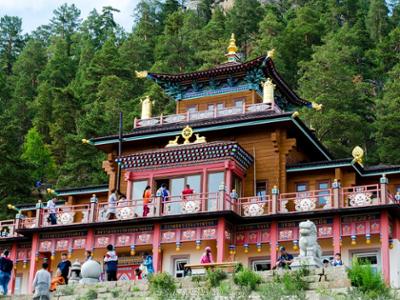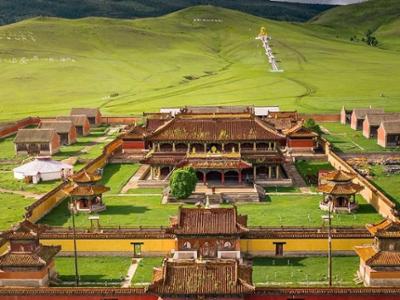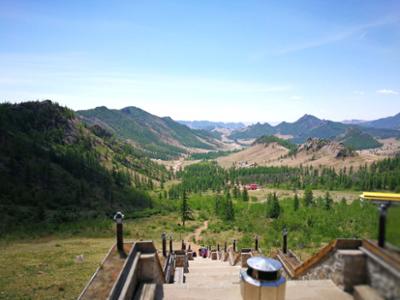
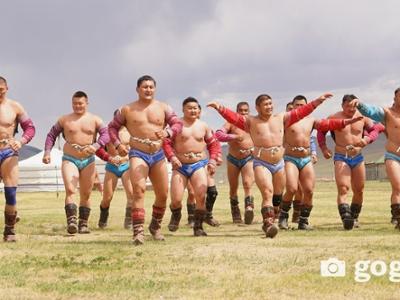

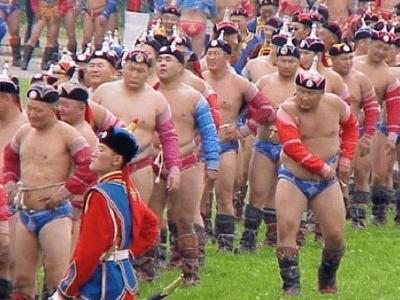
Wrestling is considered the most prestigious of the "Three Manly Games" featured in the Naadam Festival. More than just a sport, it is a cultural symbol that honors physical strength, discipline, respect, and the warrior traditions of Mongolia. The roots of Mongolian wrestling stretch back centuries and were once practiced to train soldiers during the era of Chinggis Khan.
The matches are held in a traditional and ritualistic manner, beginning with elaborate introductions. There are no weight divisions or time limits. Wrestlers are eliminated through a knockout system until one remains. Victory is achieved when an opponent touches the ground with any body part other than the feet or hands. This means balance, timing, and technique are as crucial as raw strength.
Wrestlers wear a distinctive outfit consisting of three parts: the zodog, a short-sleeved open-front top that leaves the chest bare, the shuudag, short tight trunks, and traditional leather boots called gutal. The open-chested design is said to have originated after a famous match was won by a disguised female, and since then, rules required the chest to be visible to confirm the wrestler’s gender.
Before and after each bout, wrestlers perform the eagle dance, imitating the movements of the mythical Garuda bird. This ritual not only symbolizes power and freedom but also pays respect to the audience, the sky, the earth, and their opponents. Wrestlers are accompanied by zasuul, who act as coaches and guides, chanting encouragement and announcing victories with traditional praise.
In Ulaanbaatar, the National Stadium becomes the center stage for the Naadam wrestling tournament. On the first day of the festival, the grand opening ceremony is followed by early rounds of wrestling. The best wrestlers from across the country gather here, including regional champions and national title holders. Victorious athletes earn not just prizes but also titles such as "Elephant", "Falcon", or the most honored "Lion" — depending on how many rounds they win and against whom.
Beyond the capital, local Naadam festivals in each province, town, and village also feature wrestling competitions. These smaller venues often allow spectators to get much closer to the athletes and the traditions, creating a more personal experience of this iconic sport.
Wrestling in Naadam is not just about competition. It is a living ritual — an act of cultural preservation, national pride, and the embodiment of ancient values that continue to define Mongolian identity today.


